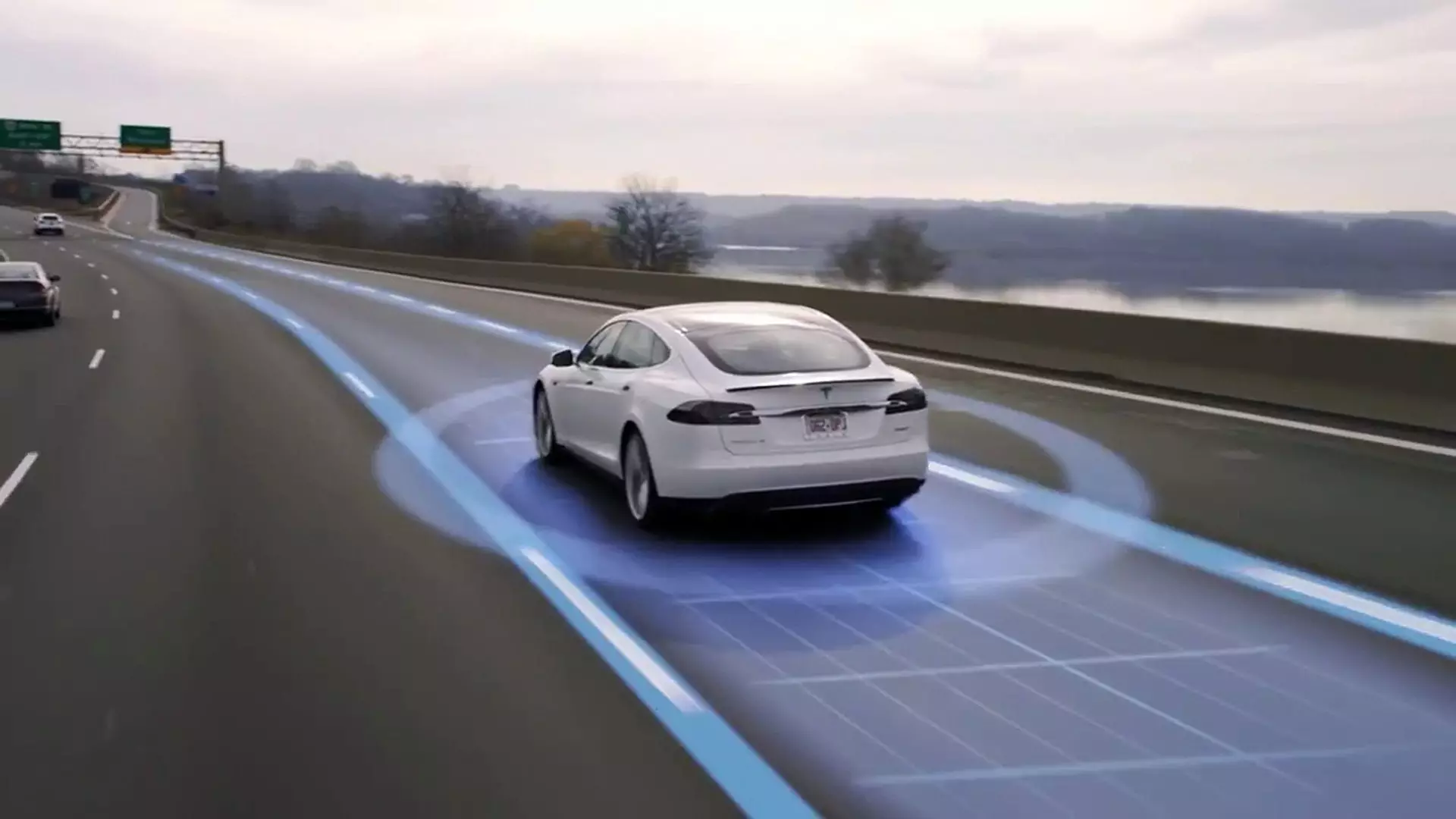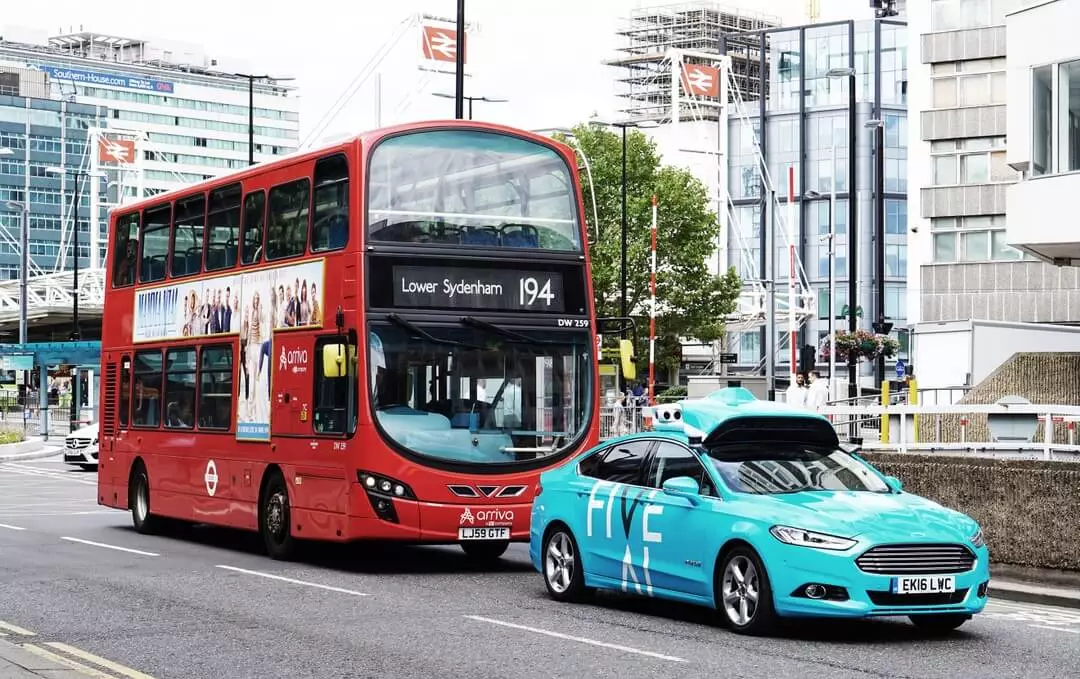After a year of "physical absence", Web Summit is back in the city of Lisbon and we didn't miss the call. Among the many topics discussed, there was no lack of those related to mobility and the car, and autonomous driving deserved special mention.
However, the expectation and promise of 100% autonomous cars for "tomorrow", is giving way to a much more realistic approach to its implementation.
Something that was very evident in the conference “How can we make the autonomous vehicle dream a reality?” (How can we make the self-driving dream a reality?) with Stan Boland, co-founder and CEO of Europe's largest self-driving software company, Five.

Surprisingly, Boland began by reminding that autonomous driving systems are “prone to mistakes” and that is why it is necessary to “train” them to face the most diverse scenarios and the complex environment of the roads.
In the "real world" it is more difficult
In the opinion of Five's CEO, the main reason for a certain “slowdown” in the evolution of these systems was the difficulty of making them work “in the real world”. These systems, according to Boland, work perfectly in a controlled environment, but making them work equally well on the chaotic “real world” roads requires more work.What work? This “training” to prepare autonomous driving systems to face as many scenarios as possible.
The “growing pains” of these systems have already led the industry to adapt. If in 2016, at the height of the idea of autonomous driving, there was talk of “self-driving” (“Self-Driving”), now companies prefer to use the term “Automated Driving” (“Automated Driving”).
In the first concept, the car is truly autonomous and drives itself, with the driver being a mere passenger; in the second and current concept, the driver has a more active role, with the car taking full control of driving only in very specific scenarios (for example, on a motorway).
Test a lot or test well?
Despite the more realistic approach to autonomous driving, the CEO of Five continues to have confidence in systems that allow a car to “drive itself”, giving as an example of the potential of this technology systems such as adaptive cruise control or the maintenance assistant in the car. carriage way.
Both of these systems are increasingly widespread, have fans (customers willing to pay more to have them) and are already capable of overcoming some challenges/problems they may face.
With regard to fully autonomous driving systems, Boland recalled that more than covering many thousands (or millions) of kilometers in tests, it is important that these systems are put to the test in the most diverse scenarios.

In other words, there is no point in testing a 100% autonomous car on the same route, if it has practically no traffic and is mostly made up of straights with good visibility, even if thousands of kilometers are accumulated in tests.
In comparison, it is much more profitable to test these systems in the middle of traffic, where they will have to face numerous problems.
Cooperate is crucial
Recognizing that there is a considerable part of the public willing to pay to take advantage of automated driving systems, Stan Boland recalled that at this moment it is crucial that technology companies and car manufacturers work together if the objective is to make these systems continue to evolve.

In his view, the know-how of car companies (whether in manufacturing processes or in safety tests) is crucial for companies in the technological field to continue to evolve these systems in the right way.
For this reason, Boland points out cooperation as something crucial for both sectors, at this moment in which “technological companies want to be car companies and vice versa”.
Stop driving? Not really
Finally, when asked whether the growth of autonomous driving systems could lead people to stop driving, Stan Boland gave an answer worthy of a petrolhead: no, because driving is a lot of fun.
Despite this, he admits that some people may be led to abdicate the licence, but only in a somewhat distant future, as until then it is necessary "to test much more than "normal" to ensure that the issues with the safety of autonomous driving are all assured".
